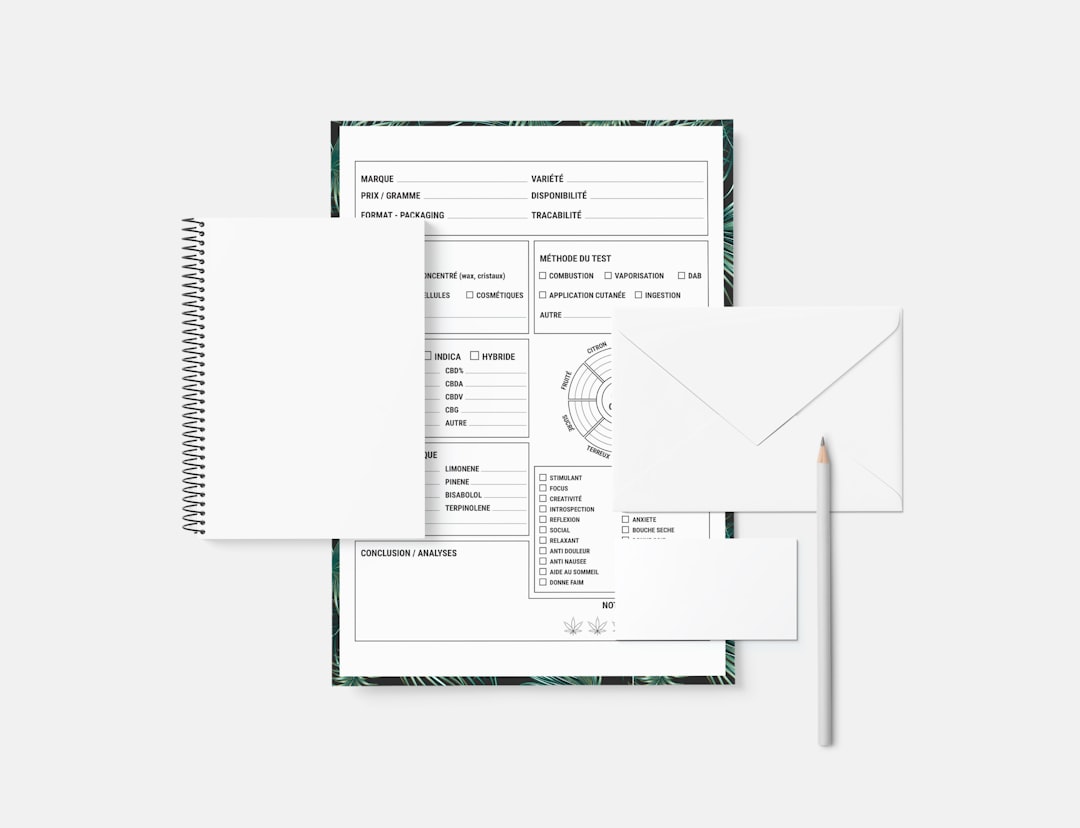In the world of digital marketing, identifying and capturing potential customer interest is key to boosting sales and improving user engagement. Marketers heavily rely on various types of online forms to achieve this, with two of the most commonly used being Interest Forms and Lead Generation (Lead Gen) Forms. While they may seem interchangeable, there are significant distinctions between the two that can greatly impact a business’s conversion rates.
Understanding which form better suits a business’s objectives can mean the difference between a successful campaign and a missed opportunity. So, how do Interest Forms and Lead Gen Forms differ, and more importantly, which one converts better? Let’s explore.
What is an Interest Form?
An Interest Form is typically used to gauge a user’s curiosity or preliminary interest in a product, service, event, or offer. It often consists of minimal fields—such as name and email—and invites users to “learn more,” “stay informed,” or “get updates.” This style is less intrusive and tends to act as a soft entry-point into the sales funnel.
Interest Forms are especially useful in the early stages of a buyer’s journey. They’re ideal when the goal is to build awareness, segment an audience, or execute a lead-nurturing campaign over time.
What is a Lead Generation Form?
A Lead Gen Form, on the other hand, is more focused on capturing intent. It’s designed to collect detailed information such as full name, email, phone number, company name, job title, and often additional qualifying questions. These forms are typically tied to a specific offer such as a demo request, a whitepaper download, or a free trial registration.
The goal of a Lead Gen Form is to turn visitors into actionable leads who are more likely to convert quickly, often because they’ve already shown deeper interest in a product or service.
Comparing Conversion Rates
When it comes to conversion rates, the answer to which form converts better depends on the context. However, several general trends can be observed:
- Simplicity Equals Higher Volumes: Interest Forms typically experience higher conversions due to their simplicity and lower commitment level. Visitors are more likely to submit quick, minimal-information forms.
- Lead Quality Over Quantity: Lead Gen Forms may have lower conversion rates, but the leads they do capture are often more qualified and closer to making a purchasing decision.
- Funnel Position Matters: If a user is in the awareness stage, an Interest Form might be more appropriate. For users in the decision stage, a Lead Gen Form is likely more effective.

Advantages of Interest Forms
- Low Friction: Because they ask for minimal information, users don’t feel overwhelmed or hesitant.
- High Conversion Rate: These forms typically convert better when placed on landing pages or emails aimed at raising awareness.
- Lead Nurturing Potential: Even though leads may not be highly qualified, they are an ideal audience for nurturing campaigns.
Advantages of Lead Gen Forms
- Better Qualification: Users who take the time to fill out comprehensive forms are likely more invested.
- Sales Ready Leads: These leads can often be moved quickly into the sales process because of their seriousness and intent.
- Valuable Personas: The detailed information collected allows for better segmentation and targeting down the line.
When to Use Each Form Type
The decision to use an Interest Form vs a Lead Gen Form should be based on the intent of the campaign and the position of the user in the marketing funnel.
- Top-of-Funnel Campaigns: If the goal is to generate brand interest, build an email list, or attract general attention, Interest Forms are ideal.
- Middle-to-Bottom Funnel Campaigns: If the user already has some awareness and is ready to take action—such as booking a call or requesting a demo—a Lead Gen Form is more suitable.
It is also common for savvy marketers to use both in tandem. For example, an Interest Form might collect a user’s email first. Then, as engagement grows, a follow-up Lead Gen Form can collect more comprehensive information.
Form Design Considerations That Affect Conversions
Regardless of the form type, certain elements will always influence conversions:
- Form Length: Shorter forms generally yield better conversions, though may provide less qualified data.
- CTA Language: Clear and action-oriented calls-to-action (e.g., “Get Free Insights”, “Book My Demo”) improve response rates.
- Mobile Optimization: A significant portion of form traffic comes from mobile devices. Optimizing forms for smaller screens is crucial.
- Trust Signals: Including privacy reassurances or social proof can increase form submission rates.

Real-World Use Cases
Let’s explore a few hypothetical examples to illustrate when each type of form might be more beneficial.
- A SaaS Startup: Early in their marketing efforts, they might use Interest Forms to build a list of users interested in upcoming beta access. As the product gains traction and credibility, they can implement Lead Gen Forms offering free consultations or product demos.
- An Online Course Platform: This platform might use Interest Forms to offer updates on upcoming webinars, and Lead Gen Forms to collect detailed sign-ups for paid coaching sessions.
- A Real Estate Agency: Use Interest Forms to offer listing alerts to potential buyers and Lead Gen Forms when a user wants to schedule a viewing or consultation.
Conclusion: Which Converts Better?
The ultimate answer to which converts better—Interest Form or Lead Gen Form—depends on the desired type of conversion:
- Volume-focused campaigns aiming to build awareness? Interest Forms win.
- Quality-focused campaigns aiming for sales-ready leads? Lead Gen Forms are your best bet.
The ideal strategy may involve using both forms at different stages of your marketing funnel, maintaining a balanced approach that optimizes both volume and quality of leads.
Frequently Asked Questions
-
Q: Can I use both forms on the same website?
A: Absolutely. Many businesses use Interest Forms for top-of-funnel campaigns and Lead Gen Forms as users move closer to conversion. -
Q: How do I know if my form is too long?
A: A/B testing is the best approach. Start with a shorter form, then test longer versions with additional questions to find the best balance between conversion rate and lead quality. -
Q: Are Interest Forms only good for email list building?
A: No. While they are often used for email list opt-ins, they can also help segment audiences, promote new products, and build anticipation. -
Q: What tools can I use to create these forms?
A: Tools like HubSpot, Typeform, Jotform, and Google Forms allow you to build both Interest and Lead Gen forms quickly and easily. -
Q: How often should I revisit and improve my forms?
A: Industry best practices suggest reviewing your forms at least quarterly, or whenever you notice a dip in conversion performance.








